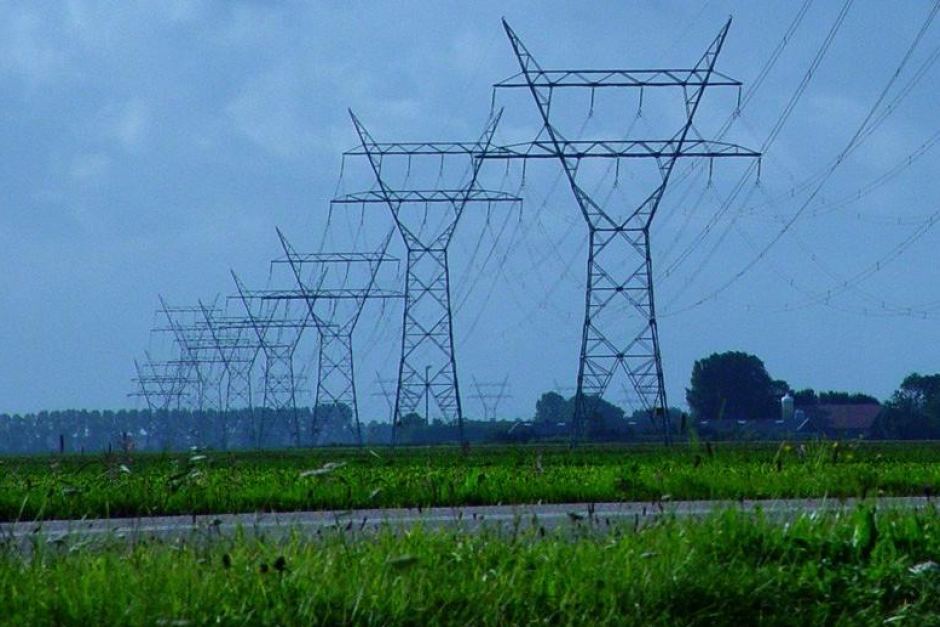AC Or DC?
Electricity and Magnetism
Level
1

In many countries, alternating current is preferred over direct current for household electricity. Why?
Alternating current is less hazardous than direct current.
Alternating current can be stepped up and down using transformers.
Producing alternating current is cheaper than direct current.
This section requires Javascript.
You are seeing this because something didn't load right. We suggest you, (a) try
refreshing the page, (b) enabling javascript if it is disabled on your browser and,
finally, (c)
loading the
non-javascript version of this page
. We're sorry about the hassle.
Electricity is produced in power plants which are far away from our homes. Then, how this electricity reaches to our houses. It is transferred through conducting wires. Very long conducting wires are laid from far off power plants to our houses.
We do not want to pay large electric bills. Therefore, we wish to minimize the losses. One of the biggest loss occurs in the transportation of electricity from the power plants to our houses. The loss is mainly the copper loss. The electricity travels from far off places to our houses through long wires and longer is the wire greater is the loss.
What can be done to decrease this loss. One of the suggestions can be to reduce the resistance of the wire. The resistance of the wire depends upon the material of the wire, the area of cross-section and length.
R = A ρ l The length of the wire cannot be altered. If the area of cross section is increased then more material is used and the wire will be costlier. Better conductors are also costlier. Therefore, reducing the resistance of the wire is not an economically suitable option.
The power loss in a resistance is given by P = i 2 R , therefore, to reduce the power loss, current can be reduced. How can the current be reduced without reducing the power of electricity? This can be achieved through a device called as a transformer.
The transformers can step up or step down the current and the voltage. Thus, the electricity produced at the power plant is first stepped up. Then, this electricity is transferred at high voltage and low current from a power plant to our houses. A step-down transformer decreases this high voltage electricity to low voltage again, before feeding it to the houses. As the transfer of electricity is done at low current, thus, the heat loss is less.
The transformer works on the concept of emf and mutual induction. Therefore, it can work with varying current or alternating current. A transformer can not step up or step down a constant DC current or voltage.
Therefore, in some countries, alternating current is preferred over direct current.